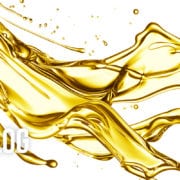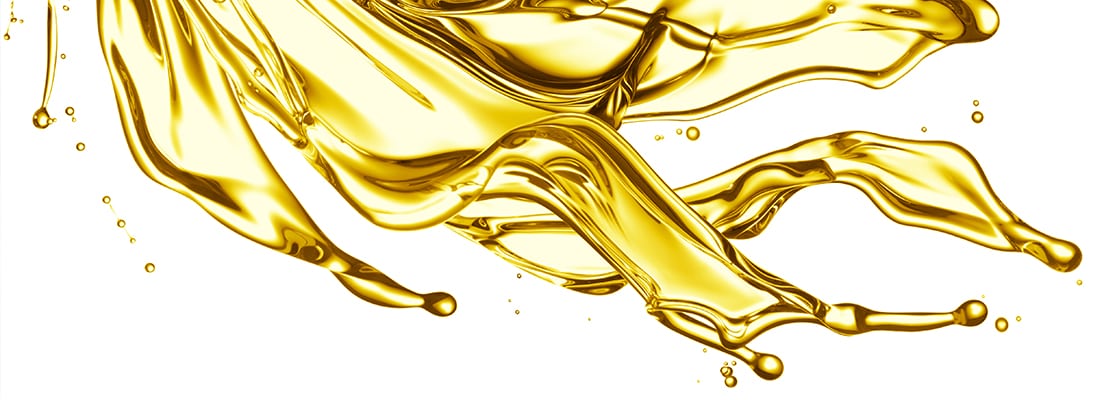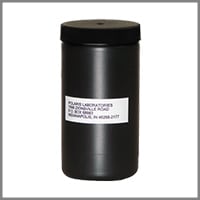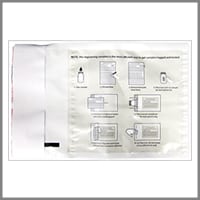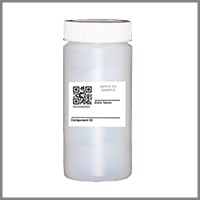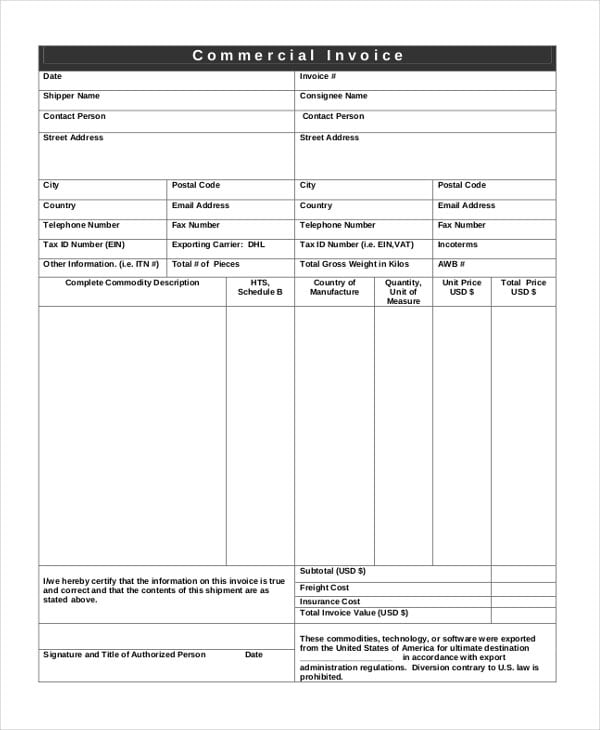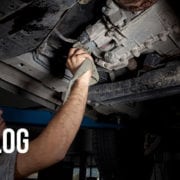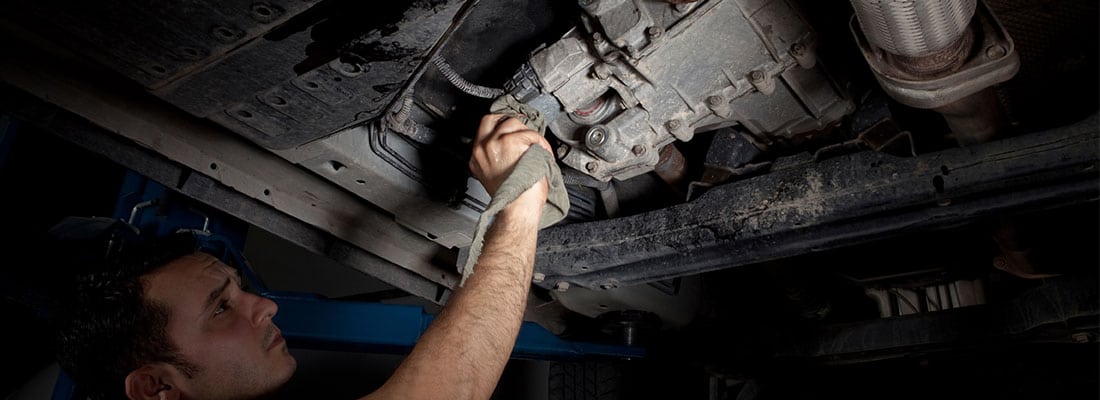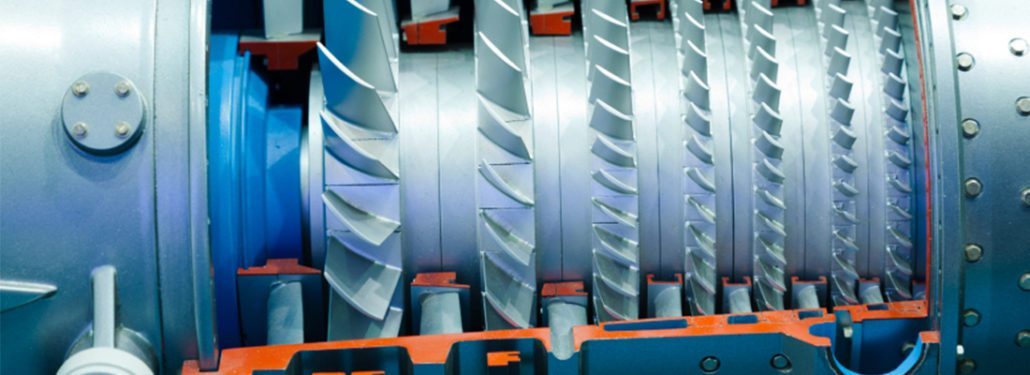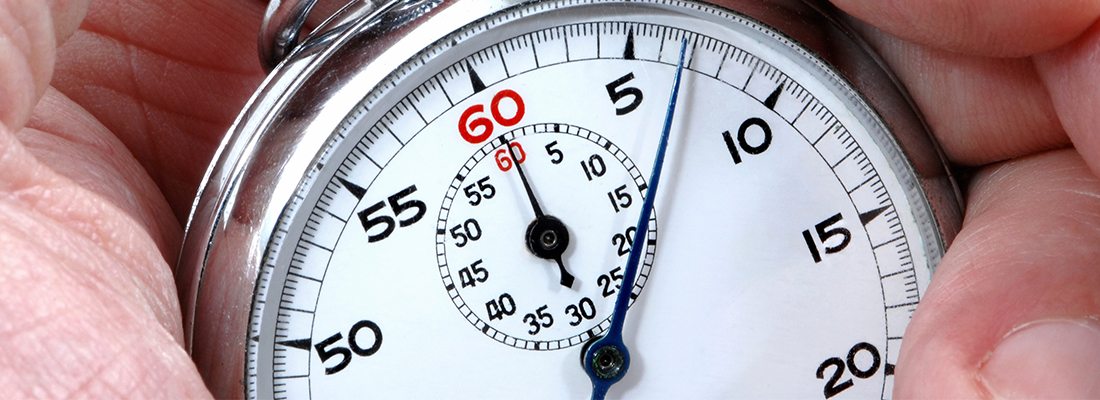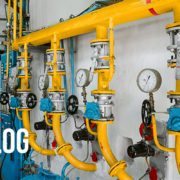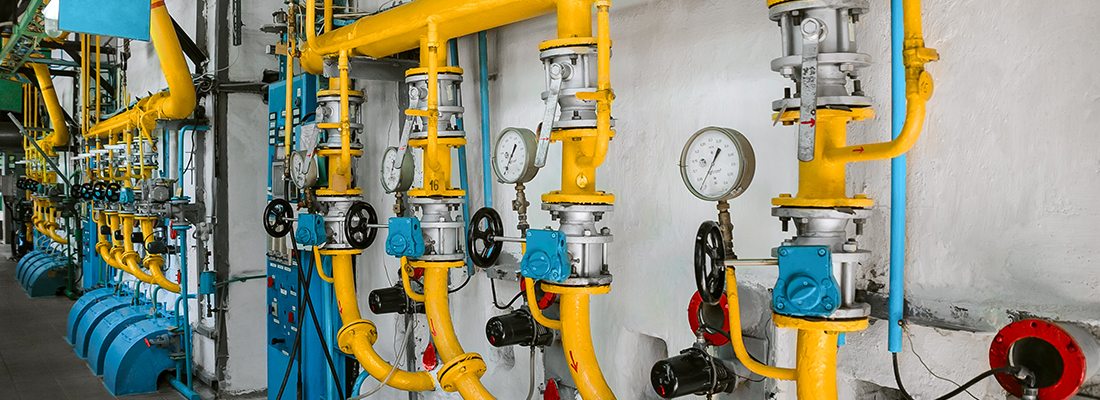Elevate Your Fluid Analysis Program and Save More Equipment

Four years ago, several of my colleagues presented a proposal that could simply be billed “if you build it, they will come”. This proposal involved building a groundbreaking, customer-focused event hosted by an independent fluid analysis laboratory. What started as a cautious experiment in 2015 to educate and train our customers on the strategic value of an effective fluid analysis program has grown into a mainstay that brings together more and more customers each and every year. It’s our Customer Summit.
In past years, we’ve focused on issues that matter most to maintenance professionals and fluid analysis leaders. Driving Action. Champion Impact. Connected Performance. Now in 2018, we bring you a summit that focuses on Elevate. Our fourth annual Customer Summit is set for November 5-7, 2018, at the Alexander Hotel in downtown Indianapolis.
Elevate will help our customers sharpen their focus and take their fluid analysis program to the next level. With a dynamic and diverse speaker lineup in the works, we are committed to helping you close the gap and build a fluid analysis strategy for the future. We’ve structured this summit to be for maintenance professionals by maintenance professionals. We simply provide a platform for key players at companies like yours to learn through peer-to-peer conversations. In turn, our customers leave with a better understanding about what needs to be improved, accelerated and leveraged the most in their programs. You can’t afford not to engage in these conversations – so we encourage you to come experience it first-hand at the 2018 Customer Summit this November. Building on past feedback from nearly 200 customers across more than 90 companies, the 2018 summit will provide greater variety and depth in the content we share. This is a must-attend for new and returning customers. Specific content will include new insights on:
Building on past feedback from nearly 200 customers across more than 90 companies, the 2018 summit will provide greater variety and depth in the content we share. This is a must-attend for new and returning customers. Specific content will include new insights on:
- Expanding and maximizing your program
- Securing greater executive support
- Importance of proven impact, uptime and savings
- Contamination control
- Business impact initiatives to improve fluid analysis
- Innovative technological solutions to maximize your program
- Optional lab tours before and after the summit schedule
Mixing work with some memorable fun and networking is how we do it. What’s more, we do it in a way that is affordable for multiple members of your team to attend.
Are you ready to take the next step elevate your fluid analysis program? Then clear your calendar in November and join us in Indianapolis at the 2018 POLARIS Laboratories® Customer Summit. We’ll circulate more details when registration opens in late April! Click here to be notified when the 2018 summit registration process opens.

Proven Impact. Proven Uptime. Proven Savings.
Let us prove it to you.



 POLARIS Laboratories® constantly strives to meet our customers needs and expectations. Due to a high number of North American customers with locations throughout Europe, and with increasing shipping costs, in 2013 we decided to establish a laboratory facility in Europe to meet our customers needs on a global scale. This meant reduced shipping costs and much shorter turnaround time for samples for customers.
POLARIS Laboratories® constantly strives to meet our customers needs and expectations. Due to a high number of North American customers with locations throughout Europe, and with increasing shipping costs, in 2013 we decided to establish a laboratory facility in Europe to meet our customers needs on a global scale. This meant reduced shipping costs and much shorter turnaround time for samples for customers.